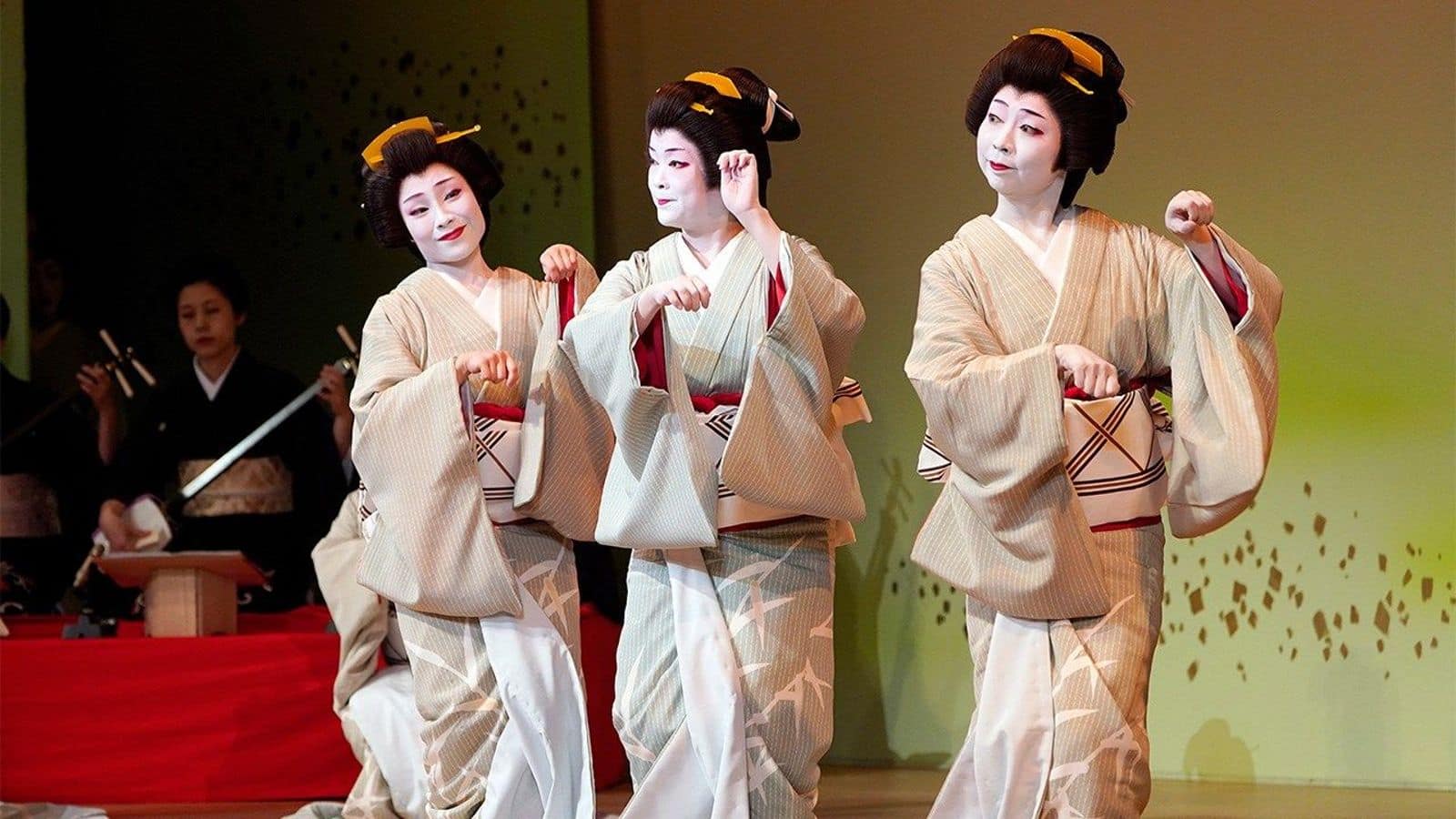
Debunking common geisha myths
What's the story
Kyoto, Japan's ancient capital, is celebrated for its unique geisha culture. The historic Gion district, a cornerstone of this tradition, is often shrouded in myths that mislead visitors. Correcting these misconceptions is essential to truly appreciate the geishas' role and the rich cultural heritage they represent, which continues to be a vibrant and integral part of Kyoto's enchanting landscape.
Myth 1
Geishas are not courtesans
A widespread myth is that geishas are courtesans. In reality, they are expert artists, trained in traditional Japanese arts like dance and music. They excel in the art of conversation, aiming to entertain guests with sophistication and cultural finesse. Their role is not to provide romantic or sexual services but to offer graceful and poised entertainment.
Myth 2
Training begins at adulthood
It's a common misconception that geisha training starts in childhood. In fact, trainees, known as maiko, typically begin their apprenticeship at 15 or older. This start time ensures that they choose this cultural path willingly. They commit to learning traditional arts and social etiquette, essential to the geisha profession, at an age when they can fully understand the dedication required.
Myth 3
Male geishas exist too
Many envision geishas as women in kimonos, yet male geishas, or taikomochi and houkan, also grace this tradition. These men, skilled in arts and conversation like their female counterparts, entertain guests with equal elegance. Although they are a rarer sight in today's geisha culture, their presence maintains the profession's diverse heritage and continues to contribute to its cultural richness.
Myth 4
Not an endangered tradition
Contrary to the belief that geisha culture is fading, it thrives with a dedicated community at its core. Although there has been a decline in numbers since the 1920s peak, the tradition is far from endangered. A new generation of young women are still drawn to this cultural calling, actively joining and ensuring the continuation of these time-honored practices within Kyoto's vibrant heritage.